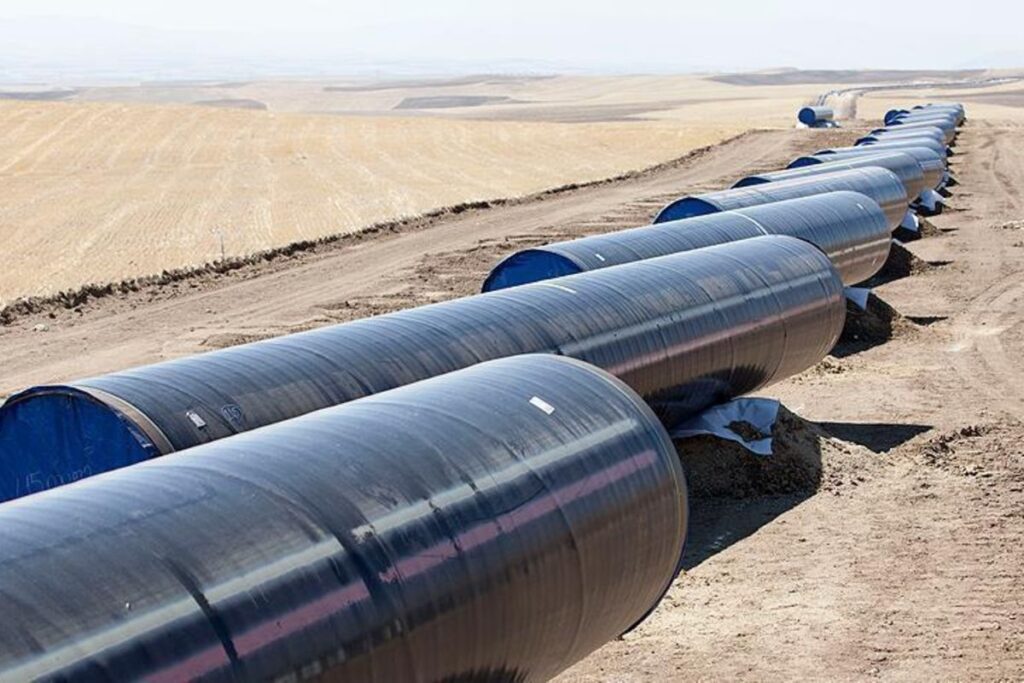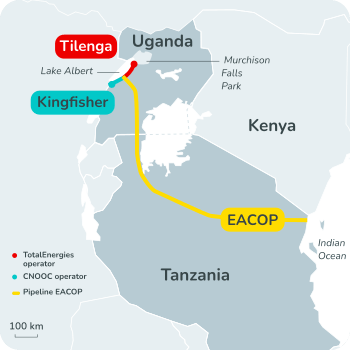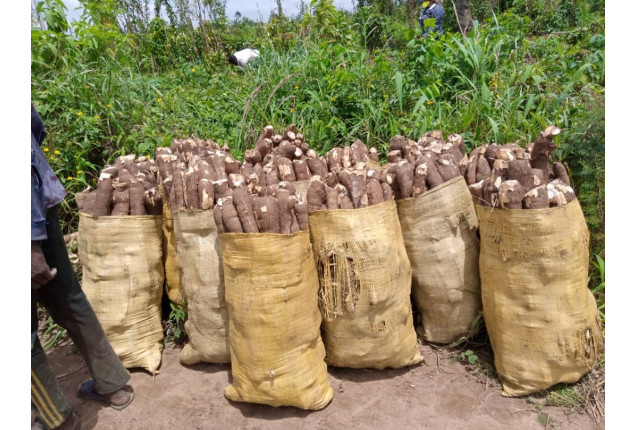By Business Insider Reporter
The ambitious East African Crude Oil Pipeline (EACOP) project has now reached 60% completion, marking a major milestone in East Africa’s largest transnational energy infrastructure initiative.
The $10 billion pipeline, which will stretch 1,443 kilometres from Uganda’s oil-rich Albertine Graben to the Tanzanian port of Tanga, is being hailed as a transformative investment with long-term economic potential for the region.
According to EACOP Ltd, the company overseeing the project, progress has accelerated significantly since the announcement of 50% completion in March 2025.
The recent update was confirmed by Tanzanian officials on June 3, highlighting ongoing construction works and supporting infrastructure development across both Uganda and Tanzania.
Despite initial financing delays and pressure from environmental groups, the project has gained new momentum, particularly following the successful closure of its first tranche of financing in March.
While the exact figures have not been disclosed, TotalEnergies – which holds a 62% stake in EACOP – confirmed backing from regional lenders such as Afreximbank, Standard Bank of South Africa, and Stanbic Bank Uganda.
“We are proud of the progress achieved so far, especially under such complex cross-border coordination,” a spokesperson from EACOP Ltd said. “Our next phase focuses on timely completion, local engagement, and environmental compliance.”
So far, the project has created over 6,000 jobs, with 70% benefiting local communities situated along the pipeline corridor.
In Tanzania alone, contractors have mobilised in multiple regions, including Tanga, Manyara, and Kagera – stimulating demand for construction materials, skilled labour, and support services.
The EACOP project is not only about oil. It also includes the installation of optical fiber lines along the pipeline route, which could revolutionise digital connectivity in remote and underserved areas.

These fiber links could eventually support logistics, education, healthcare, and government e-services, particularly in rural Tanzania and Uganda.
Once operational, the pipeline is expected to transport up to 246,000 barrels of crude oil per day from Uganda’s Tilenga and Kingfisher oil fields to Tanga, where it will be exported to international markets.
The revenue potential is significant: Uganda alone expects to earn billions in oil revenues, while Tanzania benefits through transit fees, local investments, and port expansion in Tanga.
Critics, including international environmental organisations, continue to raise concerns about the project’s ecological impact – particularly in protected areas such as the Murchison Falls National Park.
However, EACOP Ltd has emphasised its adherence to international environmental and social standards, citing a robust environmental impact assessment process.
The project forms a key component of East Africa’s broader energy strategy.
Both Tanzania and Uganda are positioning themselves as regional energy players, with complementary investments in refining, power generation, and petrochemicals.
EACOP is seen as a critical enabler of that ambition.
As EACOP moves closer to completion, regional governments, financiers, and private sector partners are watching closely.
With oil exports expected to begin by 2026, East Africa could soon emerge as a new frontier for energy investment – if it can successfully balance economic benefits with sustainability and transparency.
















